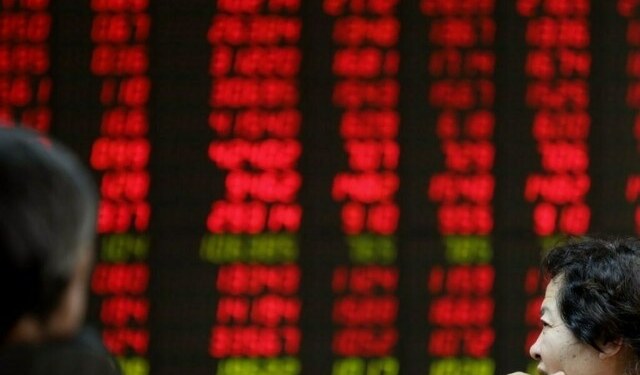Investing.com – WTI crude oil prices notched a weekly gain after settling more than 3% higher on Friday as traders cheered data showing the number of U.S. oil rigs fell for the first time in seven weeks, pointing to a potential slowdown in U.S. oil output.
On the New York Mercantile Exchange for April delivery rose $1.92 to settle at $62.04 a barrel, while on London’s Intercontinental Exchange, rose 2.97% to trade at $65.50 a barrel.
The number of oil rigs operating in the U.S. fell by to data from energy services firm Baker Hughes.
That helped ease investor concerns somewhat that rising U.S. production – largely driven by shale – would continue unabated after data this week showed that U.S. output rose to a record high.
The Energy Information Agency reported Wednesday that U.S. output jumped to a record high per day of nearly 10.4 million barrels last week.
Also adding support to oil prices was data showing the labor market added 313,000 jobs last month, pointing to underlying strength in U.S. economy, raising hopes for an increase in oil consumption.
“Economic optimism and oil consumption go hand-in-hand, therefore, any adverse impact on the health of the global economy will dampen oil demand growth prospects,” said Stephen Brennock.
The weekly gain for oil prices this week was far from straightforward after slipping on both Wednesday and Thursday as traders feared that with crude prices above $60 a barrel, U.S. shale producers would continue to ramp up output.
“The United States is set to put its stamp on global oil markets for the next five years,” said Fatih Birol, the IEA’s executive director, in a statement. He added that the IEA could revive its estimate for US output upward should oil prices remain above $60.
Fusion Media or anyone involved with Fusion Media will not accept any liability for loss or damage as a result of reliance on the information including data, quotes, charts and buy/sell signals contained within this website. Please be fully informed regarding the risks and costs associated with trading the financial markets, it is one of the riskiest investment forms possible.
Source: Investing.com


























